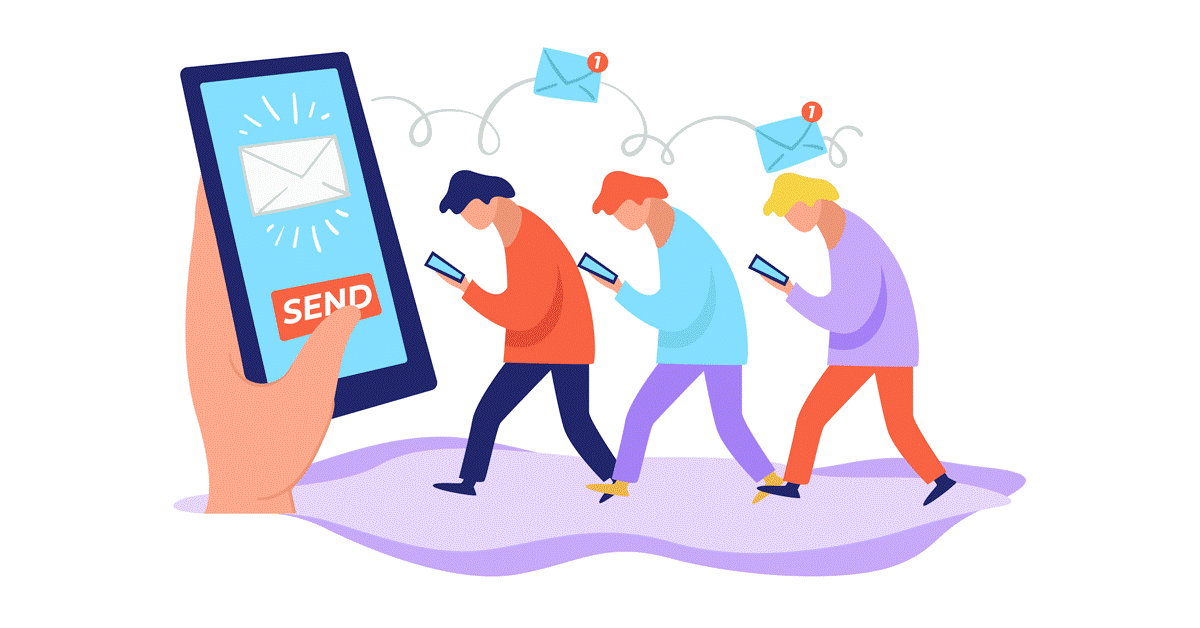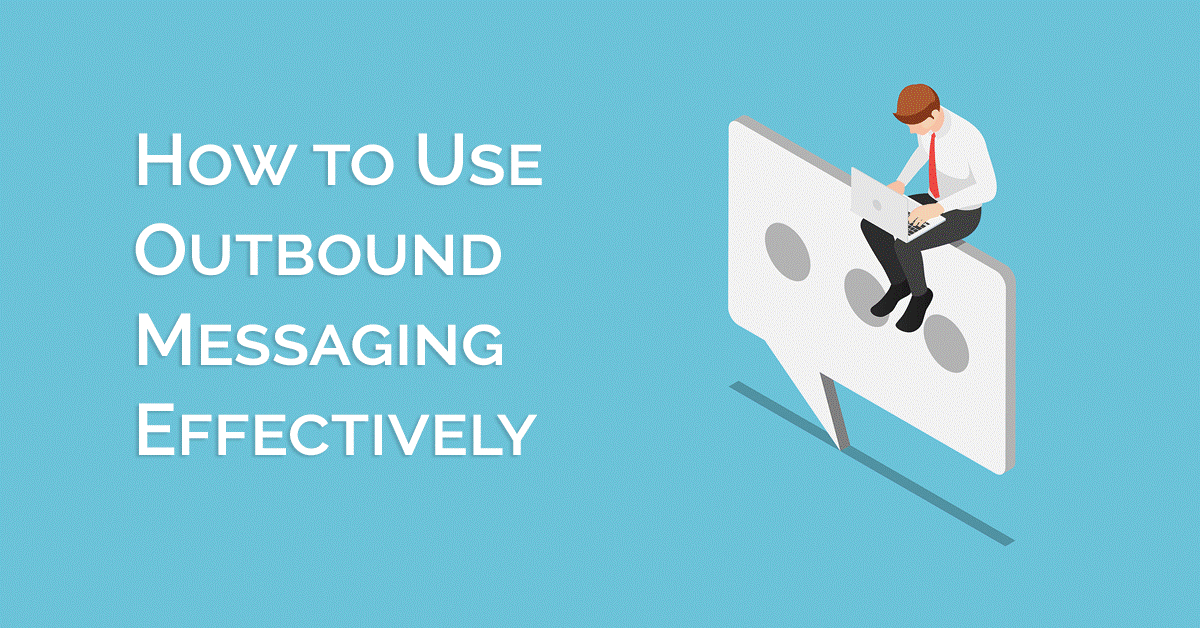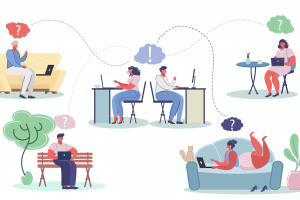Today’s smartphones offer a simple, convenient source of both work and entertainment, and businesses are using this to their advantage. Outbound messaging can promote special offers, discounts, and other benefits with repeat customers. The challenge is that an outbound text messaging campaign can hit or miss depending on the language and the timing. With a little knowledge of outbound SMS best practices, you can build a messaging campaign that increases brand awareness.
Tips to Use Outbound Messaging to Build Your Brand
Outbound messaging allows for a more personal, customized form of communication between the business and customer. With an open rate of 98%, text messages are more effective and are capable of reaching a wider audience than email or other communication channels. While outbound SMS brand building takes time and effort, it’s a rewarding branding strategy in the long run.
Personalize Messages
Good sales representatives know how to personalize messages so their consumers feel appreciated. In turn, customers like when businesses show they care and are willing to tailor solutions that fit their needs. Using information such as names, birthdays, and even personal interests is a simple yet effective way to engage customers and send them relevant information.
Establish Value of Message
Developing an effective outbound messaging campaign is about more than sending out texts to get attention. It’s about sending messages that have meaning and value. The best way to create valuable messages is to develop a schedule and map out what each text has to offer. Does it serve a purpose? Does it contain relevant information and encourage customers to take action?
Keep Messages Consistent
Consistency is a key component in successful messaging strategies. Inconsistencies often confuse consumers, which leads them to unsubscribe from notifications and abandon the brand. During the planning process, it’s important to make sure all product and service information is consistent across every message. Clear and easy-to-read messages are more likely to keep people coming back.
Optimize Frequency
Message frequency often varies depending on the business. On one hand, sending SMS messages at normal intervals can keep customers interested and engaged in the brand. Sending them too frequently or during odd hours can turn customers off immediately. It’s important to find a balance and make sure every customer knows how often to expect messages.
Analyze Results
Business leaders across a variety of industries are constantly striving to improve their strategies and draw in more customers. That’s why gathering data and analyzing results is essential to building a brand with outbound messaging. Through the careful analysis of feedback and success rates, it’s easier to determine which elements of the plan work and which ones have room for improvement.
Update Contact Info Regularly
One of the best ways to inspire confidence and trust in consumers is to make them feel in control. By maintaining up-to-date contact information, businesses give their customers more control over what they see. Asking for permission and giving consumers an easy unsubscribe option lets customers know they can start and stop messages whenever they want to.
Learn More About Writing Outbound Messages
Delivering a consistent, personalized customer experience is easier than ever with outbound SMS messaging. Respect customers and strive to improve every day, and you could build a successful brand-enhancing campaign. For more outbound messaging brand building tips, contact Quiq online.


